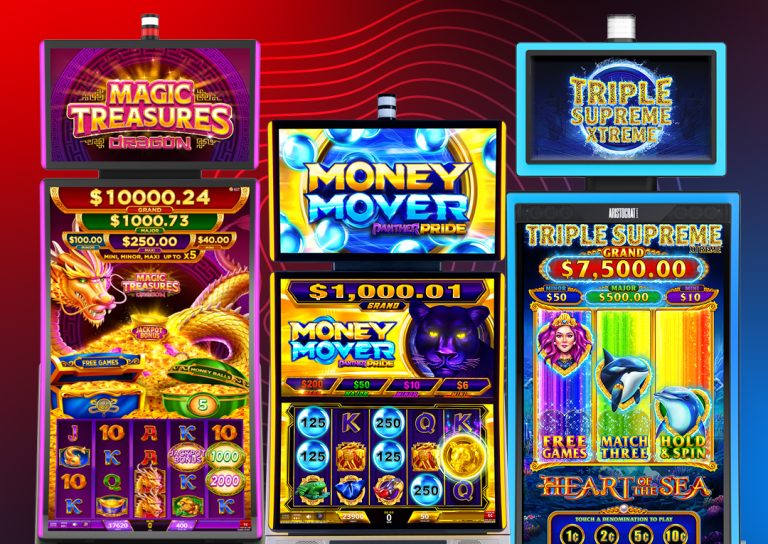
Understanding the movement of variance across casino games reveals much about player response and long-term engagement. Each adjustment within a payout cycle subtly affects the emotional rhythm behind user interaction. Emerging player incentives evolve as casinos refine engagement models, introducing new register rm5 bonuses that strengthen trial-based activity. By tracking variance behavior, operators can uncover balanced pathways that keep excitement and fairness aligned.
Understanding Game Volatility Layers
Game variance is the invisible structure shaping player expectation. When volatility fluctuates, performance indicators either stretch or compress in response to payout distribution. Operators observing these shifts can measure not just outcomes but behavioral reactions tied to timing and reward anticipation. That steady awareness keeps the gaming ecosystem consistent, transparent, and strategically adjustable.
Player Engagement Through Data Patterns
Player engagement metrics create the foundation for predictive design. Understanding session duration, return frequency, and pattern loops lets developers fine-tune game experiences that feel intuitive rather than repetitive. With each dataset, the balance between high-risk momentum and steady reward becomes clearer, guiding developers toward improved retention through subtle probability adjustments.
Strategic Design Adjustments In Gaming Models
Innovation often starts inside the model itself, where algorithmic weighting influences variance. Modifying reel combinations or outcome sequences can shift both player energy and house stability. When that equilibrium settles, it allows developers to map where the experience feels dynamic but not overwhelming, securing better pacing and overall operational reliability.

Balancing Reward Cycles With Predictive Insights
Predictive analysis drives modern variance planning. Developers review test simulations to observe where engagement intensity peaks before tapering. Improved forecasting tools increasingly define how variance supports reward systems across online casino malaysia. By comparing time-based payout data with expected volatility, designers adjust probabilities to maintain fairness while enhancing excitement in continuous sessions.
Adaptive Algorithms Shaping Experience Flow
Smart algorithms track ongoing sessions to adapt pace and tension in real time. As gameplay unfolds, micro-adjustments in hit rates or sequence spreads create an evolving dynamic that mirrors user behavior. This responsive cycle maintains engagement across multiple play phases while keeping unpredictability alive, preventing monotony from forming within extended runs.
Behavior Metrics Behind Performance Trends
- Before altering a game’s probability pattern, analysts review reaction data for player pacing
- Reward frequency charts outline which return intervals sustain motivation without overexposure
- Adjustment cycles identify patterns that predict fatigue or over-engagement
- Volatility reports refine new design layers through observed emotional consistency
These measured insights ensure that progression remains both measurable and enjoyable. Every number represents not only a statistical outcome but also the emotional tempo that defines repeat participation.
Interpreting Variance For Long-Term Stability
Sustained success in gaming relies on measured variance rather than fleeting luck. When developers align payout rhythm with audience tolerance, both reward perception and performance stability rise together. Over time, that steady balance cultivates trust and establishes a lasting connection between fairness, entertainment, and evolving design maturity.




